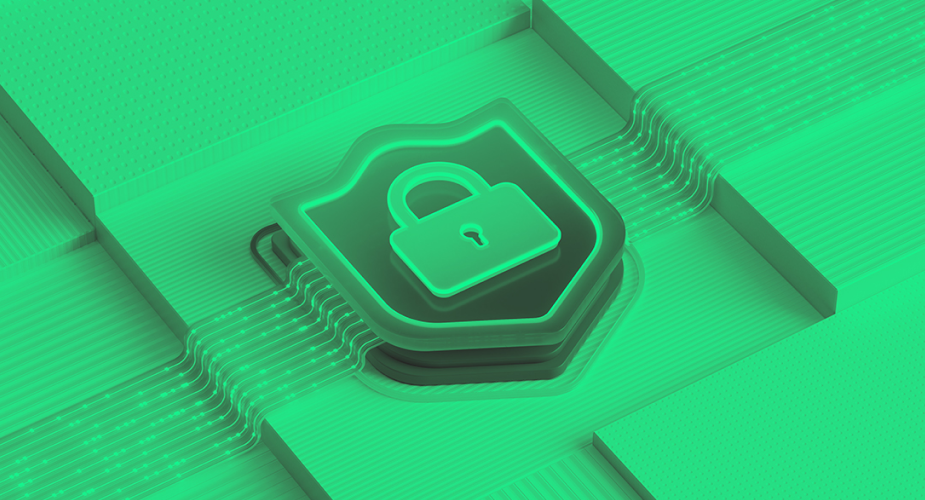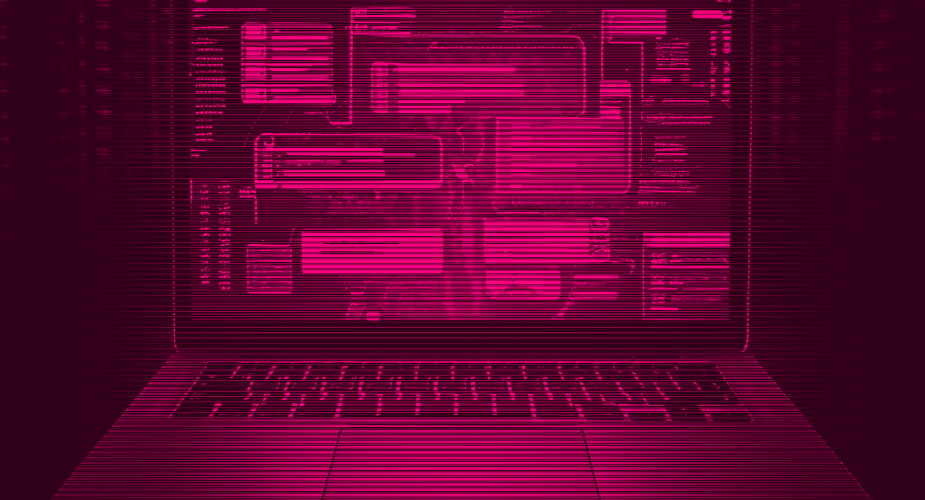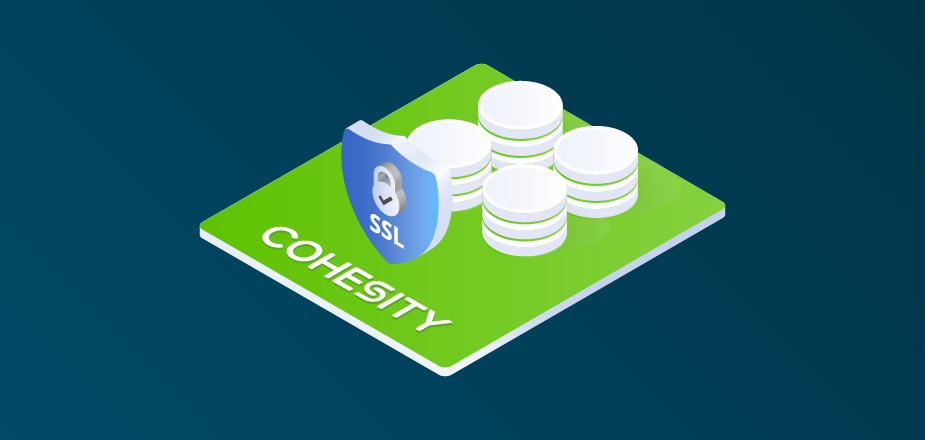Ransomware attacks have always been a top concern for global organizations, but now they can’t ignore it. According to a recent survey sponsored by Cohesity, close to eight in 10 (79%) respondents said their company had been the “victim of a ransomware attack” between June and December 2023. Even more concerning? Only seven percent could recover data and restore business processes within one to three days. Attacks are going to happen. Many, however, aren’t prepared to respond.
That’s why many of our recent Cohesity DataProtect delivered as a service releases focused on ensuring that organizations have confidence that they can recover high-quality data quickly when disaster strikes. In particular, much of our work (past and present) has focused on broadening our support for a variety of workloads, especially cloud-based ones.
Enhancements improve protection for AWS and Microsoft data
To learn about these new capabilities and how they expand data protection for cloud workloads and SaaS applications, continue reading.
- Faster backup for AWS S3. Building upon existing AWS S3 protection, our recent update uses two services, AWS S3 Inventory Report and AWS Eventbridge in combination with SQS, to speed up backups. The first provides visibility into the objects in a given S3 bucket, while the second captures what’s changed. Using this information, we only copy the changed data instead of reading the entire bucket, which has sped up incremental backups for many of our customers.
New data protection support for Azure VMs and SQL
- Protect Azure VM: Customers can now protect Azure VMs in their Azure source. This release includes ingest-based backup, VM-level recovery, and support for public and private endpoints. It also makes it easier for customers to manage their tenant subscriptions.
- Protect Azure SQL Server: Customers can now protect their Azure SQL Server PaaS Databases and Managed Instances using Cohesity DataProtect as a Service. This feature can be used for long-term archival, immutable data protection, regulatory offsite requirements, and more. It augments native Azure SQL backup for an added layer of security and enables data portability.
To learn more about both updates, please read this resource.
Watch the video below for a demonstration of Cohesity DataProtect delivered as a service.
Expanded capabilities for protecting M365 data
- M365 updates: At the end of last year, we released several Microsoft-related updates, including ones that allow users to back up and download chats from a specific user in Mailbox and posts from a single channel or all channels in Teams. This release also included the ability to protect Lists (e.g., data like links, announcements, or contacts) in SharePoint, ensuring that important information from M365 is protected and readily available if needed.
- Microsoft 365 recovery self-service (*Early Access): By integrating the Microsoft Azure Active Directory (AD) login with the Cohesity software, we can now provide customers with a self-service workflow for recovering Microsoft 365 Mailbox and OneDrive items. With this capability, an individual user can now recover their own data (e.g., a particular email) without having to ask their IT—which streamlines IT operations, especially at larger organizations. Please note that individuals can only recover their data and no one else’s.
At Cohesity, we aim to ensure that organizations can effectively prepare for and quickly recover from an attack. These recent releases provide an added layer of protection to cloud workloads so our customers can feel confident dealing with a disaster when it strikes. To learn more about these updates, visit the documentation center or contact your Cohesity account representative.
















